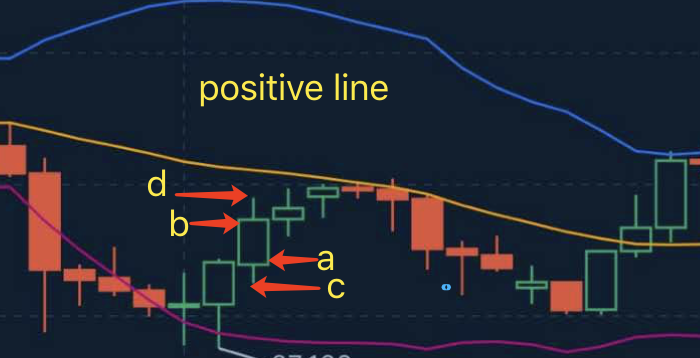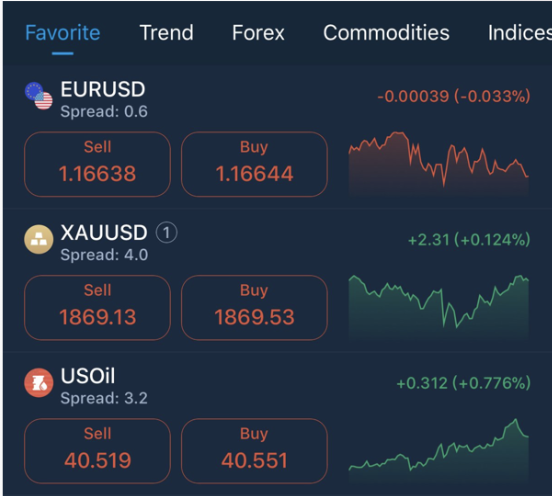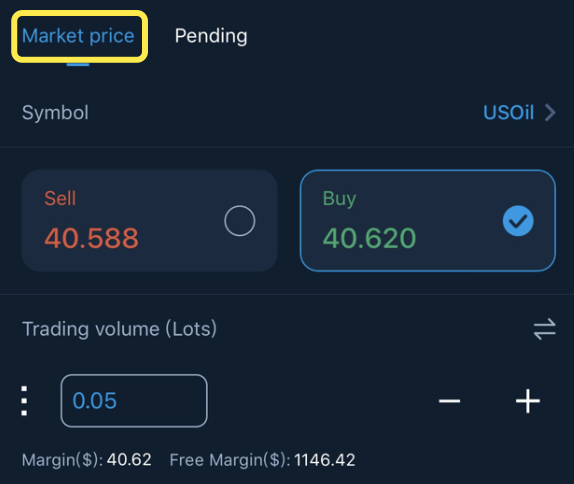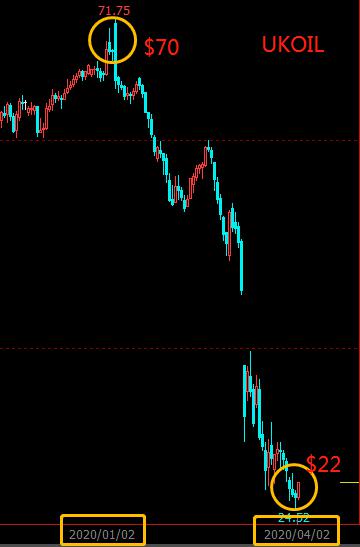
Analysis of Factors Affecting Crude Oil Price
2021-07-05Crude oil demand
1. crude oil demand is positively correlated with the global economic growth. Novel Coronavirus pneumonia has been affected by the recent outbreak of the global economy, factories have shut down and oil demand has fallen sharply, resulting in the fall in crude oil prices from the initial $70 to the current $22.
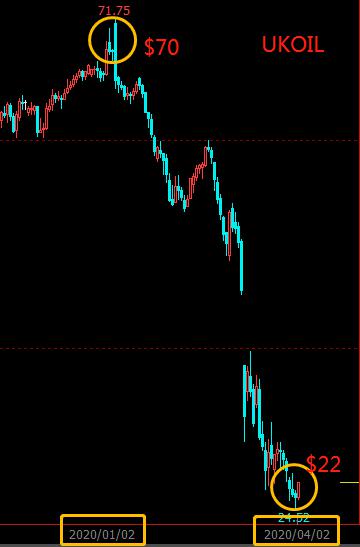
2. The cost of alternative energy will determine the upper limit of oil price. When the price of oil is higher than the cost of alternative energy, consumers will tend to use alternative energy. At present, the cost of shale oil production in the United States is $40-$50, and the cost of crude oil production is less than $10.
3. The data of crude oil demand mainly depends on the oil demand of the United States and other large industrial countries, such as monthly industrial output rate, manufacturing PMI value, etc. The financial calendar can be viewed on Top 1markets official website or Top 1markets APP for the latest economic data.
Crude oil supply
1. Oil supply must be based on oil reserves. The International Energy Agency predicts that the world oil production had reached its peak in 2015, and the global oil supply has gradually entered a declining stage.
2. At present, the suppliers of the world oil market mainly include the organization of Petroleum Exporting Countries (OPEC) and non OPEC countries. OPEC has most of the world's proven oil reserves, and its production and price policies have a significant impact on the world's oil supply and price. The non OPEC countries, mainly led by Russia, adjust production according to prices. On March 7, at the OPEC meeting, Saudi Arabia and Russia failed to reach an agreement on the oil production reduction plan. Saudi Arabia said it would increase production. Once the news came out, the price of crude oil plummeted on that day from$42 to $32.
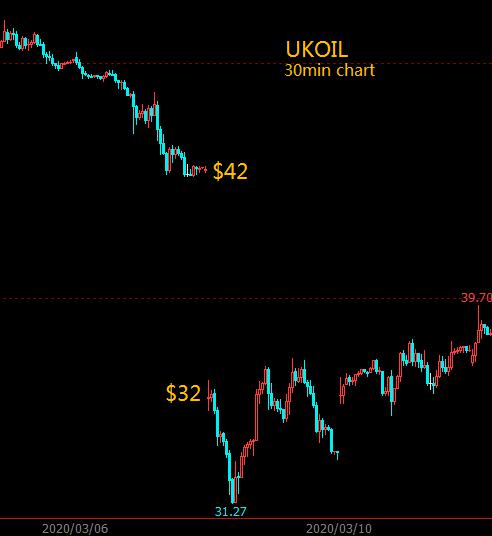
3. At present, the impact of supply is mainly quantified by EIA crude oil inventory in the United States, API crude oil inventory and the output of some large international oil exporting countries.
US dollar index
Crude oil price has always been closely linked with the US dollar, and its delivery and pricing are settled in US dollar, so the US dollar index will also have an impact on crude oil price. There is a certain inverse correlation between the change of oil price and the change of US dollar index. For example, if the U.S. dollar continues to depreciate and the real income of oil products priced in US. Similarly, if the US dollar appreciates, the oil price will be lowered. During the period of US dollar appreciation from 2013 to 2016, crude oil prices showed a trend opposite to it.
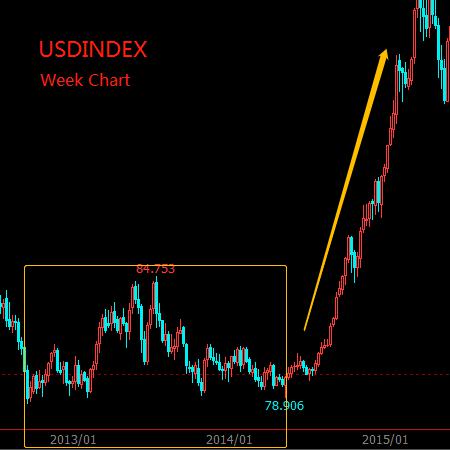
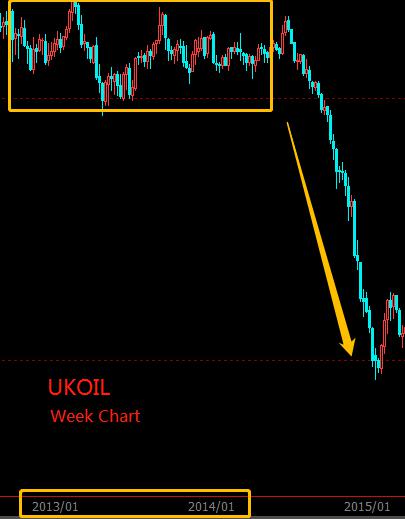
Conflict
Geopolitics is one of the important factors that can not be ignored. In geopolitics, revolutions or riots at home and abroad in the world's major oil producing countries, wars in the Middle East, including terrorist riots around the world, will have a significant impact on oil prices. These are clearly reflected in the historical oil price chart. Such as the events of “911” in 2001 in the United States and military action against Iraq by United States led to a rapid contraction in Iraq's crude oil production. Brent crude rose 100% from $30 a barrel before 911 to $67 a barrel in September 2005.
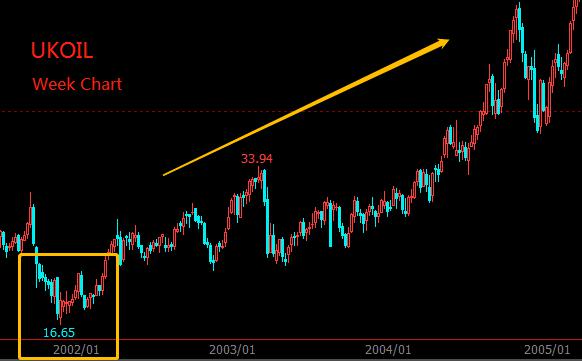
 English
English
 简体中文
简体中文
 Tiếng Việt
Tiếng Việt
 Malay
Malay
 Indonesia
Indonesia
 Deutsch
Deutsch
 Français
Français
 Español
Español
 Italiano
Italiano
